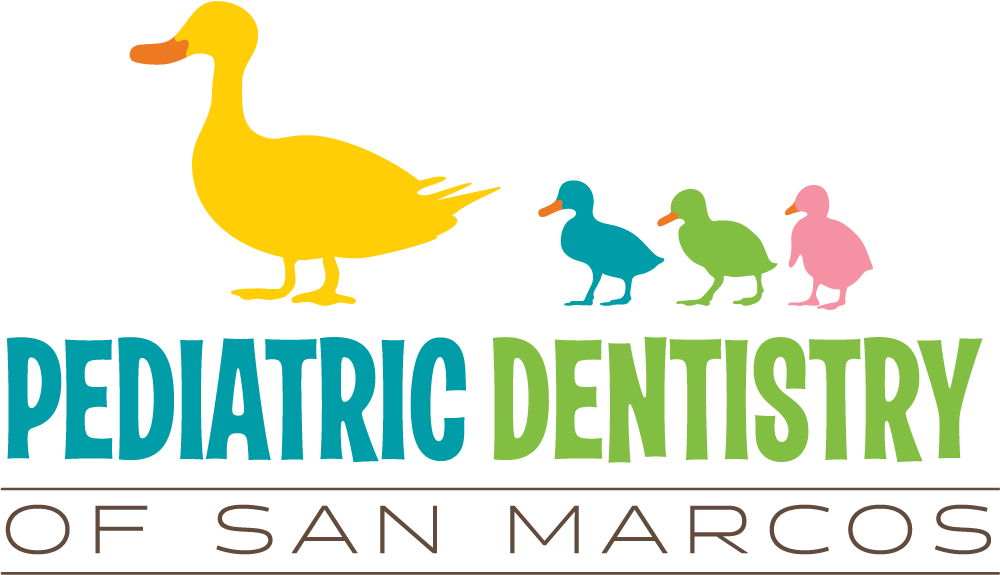A Parent’s Guide to Understanding Tongue Thrust

Our experienced pediatric dentists and kid-friendly team at Pediatric Dentistry of San Marcos are dedicated to nurturing your child’s dental health from the earliest years. One critical aspect of this journey is understanding tongue thrust, a common but often overlooked oral health concern. Here’s a complete guide to understanding tongue thrust and its impact on a child’s development.
What Is Tongue Thrust?
Tongue thrust is a natural reflex in infants, which helps with breast or bottle-feeding. As a child grows older, the swallowing habit naturally evolves, and the tongue thrust gradually decreases and finally phases out.
But what if tongue thrust continues beyond infancy? Tongue thrust that continues into childhood can become an orofacial myofunctional disorder. It is characterized by the tongue pressing too far forward in the mouth, typically during swallowing, speaking, or even when your little one is at rest. The abnormal tongue positioning can lead to various dental and speech issues, which can extend into adolescence and even adulthood if not addressed.
What Are the Signs and Symptoms of Tongue Thrust?
The most common sign of a tongue thrust is when your little one’s tongue protrudes between the upper and lower teeth during swallowing, speaking, or resting. Other symptoms might include the following:
- Mouth breathing
- Difficulty articulating certain sounds
- Misaligned teeth
- Gaps between the top and bottom front teeth
- Inability to fully close the lips
- Changes in facial structure
- Thumb sucking
- Teeth grinding
Complications of Tongue Thrust
A persistent tongue thrust can cause serious complications, impacting facial development, tooth alignment, and skeletal growth. Constant pressure against the back of the teeth often leads to gapped or misaligned teeth and problems with the bite. Tongue thrust can also impact speech development, leaving a child struggling with certain sounds and sometimes even developing a lisp.
Over time, tongue thrust can lead to a more elongated face due to predominantly breathing through an open mouth. This can be corrected through orthodontic treatment. However, if the underlying causes of tongue thrust are not addressed, the teeth and jaw will likely revert to the initial positions.
Treating Tongue Thrust
At Pediatric Dentistry of San Marcos, we believe in a multidisciplinary approach to best care for your child’s unique needs. We work in collaboration with a team of specialists to address the underlying causes of tongue thrust:
- Referral to Orthodontist: We may refer your child to an orthodontist to address alignment issues resulting from tongue thrust. The specialist may also recommend a “habit appliance” to help correct the positioning of the tongue and prevent it from pressing against the teeth.
- Referral to Orafacial Myologist/Myofunctional Therapist: These specialists play a critical role in correcting tongue thrust. They will work with your child to perform specific exercises to retrain the muscles in the mouth and face. That can help break the habit of tongue thrusting and correct the tongue’s resting position.
Quality Pediatric Dentistry Services Near Me
If you see signs or symptoms of tongue thrust, contact Pediatric Dentistry of San Marcos to schedule a consultation. Our board-certified pediatric dentists will recommend the best course of action to address your little one’s concerns. We are dedicated to providing comprehensive, compassionate care tailored to your child’s needs. Call 760-798-2825 to schedule your little one’s appointment or complete the online appointment request form today!


